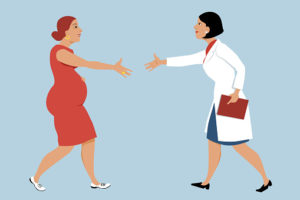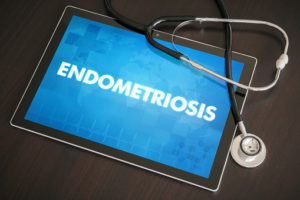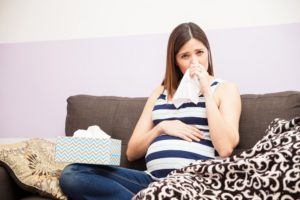A gynecologist is a doctor who specializes in a woman’s reproductive health. An obstetrician is a doctor who cares for a woman during her pregnancy and immediately after the baby is born. The majority of doctors that specialize in women’s health care specialize in both disciplines.
Since your ob/gyn will handle some of the most important health related issues in your life, it is important that you have a trusting rapport with them. There may be issues that you find embarrassing or sensitive to discuss and you want to know that you can trust the doctor that is treating you.
Most of the anxiety can be averted if you find a doctor you like, coordinate your appointment with friends and make it an annual event, research the examination method used by ob/gyn’s and prepare to be straight forward with tough issues you may be experiencing as well as being open about your bedroom behavior.
Some of the health issues your ob/gyn may address are:
- Pregnancy
- Reproductive health
- Childbirth
- Birth control
- Menopause
- Cancer screening
- Infection treatment
- Surgery for the pelvic organ
- Treatment of urinary tract infections (UTI)
Since we’ve already established that preparing what you want to discuss ahead of time will relieve some of the pressure of the impending appointment; there may be some questions you may want to ask as well, such as:
- Do you accept my health insurance?
- At what hospital do you have privileges?
- Do you have convenient office hours?
- If you are not available, what is your covering physician plan?
If you are thinking of making an appointment with an ob/gyn and would like to speak with a doctor at Flushing Hospital Medical Center’s Women’s Health Center, please call 718-670-8989 for an appointment.
All content of this newsletter is intended for general information purposes only and is not intended or implied to be a substitute for professional medical advice, diagnosis or treatment. Please consult a medical professional before adopting any of the suggestions on this page. You must never disregard professional medical advice or delay seeking medical treatment based upon any content of this newsletter. PROMPTLY CONSULT YOUR PHYSICIAN OR CALL 911 IF YOU BELIEVE YOU HAVE A MEDICAL EMERGENCY.










